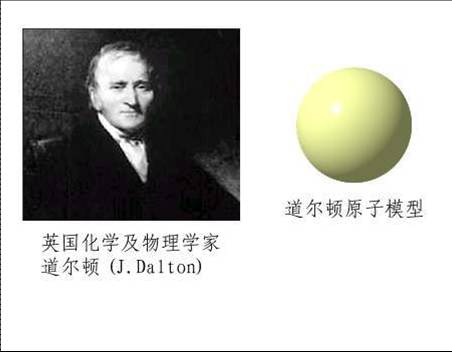There, in a short chapter of just five pages (out of the book’s more than nine hundred), people of learning first encountered atoms in something approaching their modern conception. Dalton’s simple insight was that at the root of all matter are exceedingly tiny, irreducible particles. “We might as well attempt to introduce a new planet into the solar system or annihilate one already in existence, as to create or destroy a particle of hydrogen,” he wrote.

Neither the idea of atoms nor the term itself was exactly new. Both had been developed by the ancient Greeks. Dalton’s contribution was to consider the relative sizes and characters of these atoms and how they fit together. He knew, for instance, that hydrogen was the lightest element, so he gave it an atomic weight of one. He believed also that water consisted of seven parts of oxygen to one of hydrogen, and so he gave oxygen an atomic weight of seven. By such means was he able to arrive at the relative weights of the known elements. He wasn’t always terribly accurate—oxygen’s atomic weight is actually sixteen, not seven—but the principle was sound and formed the basis for all of modern chemistry and much of the rest of modern science.











